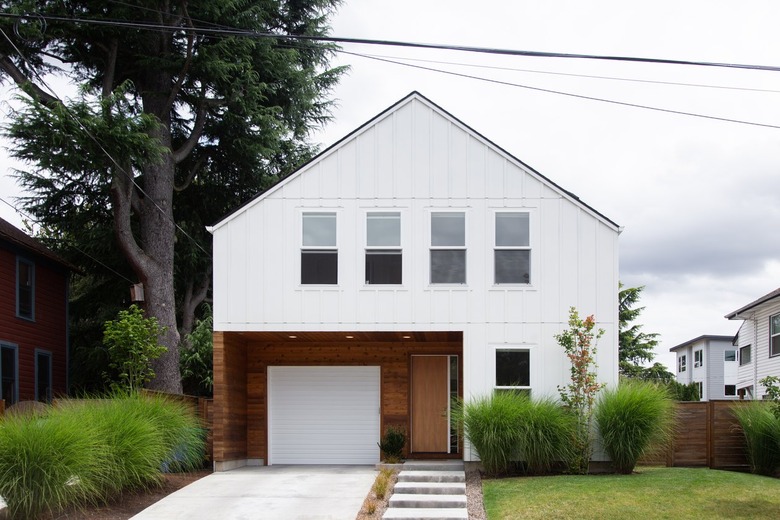What Could Cause My House To Feel Damp?
A damp feeling in your house isn't just uncomfortable — it could also signal a serious problem. Damp structures can promote mold growth and other microorganisms that can cause illness as well as structural damage. Moisture is in the air all around us (and a certain amount is necessary for comfort), but if your house feels excessively damp, it may be time to do something about it.
So, what could cause your house to feel damp? It's likely one of the following:
- Poor drainage
- Condensation from temperature fluctuations
- Roof or wall leaks
- Plumbing leaks
Poor Drainage
Poor Drainage
Moisture can rise through the floor and foundation by capillary action. It comes from damp concrete and poorly drained ground, and besides making the basement and lower stories uncomfortable, it can damage the floors, foundation and other woodwork. It's most common in buildings with concrete foundations or poorly ventilated crawlspaces.
Condensation from Temperature Fluctuations
Condensation from Temperature Fluctuations
Dampness on the walls is often due to condensation that collects because of the temperature differential between the inside and outside of the house. Moisture in the house can come from many sources, including:
- The bathroom — especially the shower.
- The kitchen
- The laundry room — particularly the dryer.
The problem is worsened by the lack of proper ventilation. When the moisture-laden air condenses on the walls or the back of the toilet, mold and mildew are virtually inevitable.
Roof or Wall Leaks
Roof or Wall Leaks
Your house may be damp because of one or several leaks in the roof or walls. Leaks can be subtle — you may not realize you have one until the wall or ceiling turns moldy or begins to buckle. Once that happens, it's a good bet the framing is soaked and adding to your home's humidity.
Plumbing Leaks
Plumbing Leaks
Like wall and roof leaks, plumbing leaks may not be immediately noticeable, and the first indication you have one may be wall or ceiling damage or mold. Once you know where to look, though, plumbing leaks are usually easier to pinpoint than wall or roof leaks, and the repair strategy is usually self-evident.
